POETIC JUSTICE
Main Cast: Christian Bale, Harry Melling
Director: Scott Cooper
I have decided that I will participate in the new musical film version of Tiger King as Carol Baskin but I have let the production company know that there will need to be a few teensy changes to the script in order to secure the services of a star of my magnitude. First, the story will need to be retooled to make sure that Carol is the central figure. The eccentric Joe Exotic with all his quirks and ticks should be relegated to merely a supporting role in Carol’s story as champion of animal rights and how she lets nothing, including inconvenient husbands, stand in her way. I can see a soaring power ballad repeated in various styles that returns as she faces every major life decision. If we get the right songwriting team behind it, we should be able to get serious radio airplay and, dare I say it, a possibility of a Grammy nomination. I am in sore need of that G in order to attain EGOT status. Of course, we’ll have to retitle the project Tiger Queen but, as a known property, that shouldn’t cause too much difficulty with the ticket buying public.
The production team is talking to Letch Feeley regarding the role of Joe. I haven’t worked with dear Letch in some years. I think our last picture together was Valley of the Trolls, an unofficial sequel to Valley of the Dolls, in which I played Neeley O’Hara during her rehab stay and Letch was the handsome janitor who helped me break out of the Betty Ford Clinic so we could team up as a song and dance team on the Midwest supper club circuit. I always felt my role was underwritten in that one but I did have a great fight scene with Vera Charles, playing Helen Lawson, when the two acts were accidentally booked into the same Ramada Inn in Keokuk. All of the gaffers and grips and other crew burst into spontaneous applause after every take. Funny that the film is not available on any of the usual streaming services. Perhaps Criterion will pick it up one of these days. It’s such an important piece of cinema history and it did introduce my song standard Pillzapoppin’.

While awaiting the contract to arrive via special courier, I had a few hours to spare and so I repaired to my elegant home theater and searched for a film to fill the time. In flicking through new and noteworthy on some streaming service or other, I stumbled upon The Pale Blue Eye, a film I had heard of in its brief release last year but had yet to see. Having had my interest in Edgar Allan Poe recently rekindled by the Netflix serial, The Fall of the House of Usher, I decided to give it a whirl and settled in with a gimlet and a half of a Mardi Gras king cake that the cook had left in the kitchen.
I wasn’t exactly sure what to expect, having not read the novel by Louis Bayard on which it was based and being unfamiliar with the prior cinematic work of Scott Cooper who wrote and directed this adaptation other than his direction of Crazy Heart, the film that finally won Jeff Bridges an Oscar about 15 years ago.
The time is the winter of 1830. The place is West Point, the relatively new military college designed to train a more professional army for the United States. Just outside of the school lives a retired and misanthropic detective by the name of Augustus Landor (Christian Bale). When a young cadet is found hanged from a tree and mutilated, his heart having been carved out of his chest, the leadership of the academy approach Landor to investigate the crime.
Landor has nothing better to do; he’s a widower and his only child, a daughter, has run off under somewhat mysterious circumstances and he has been searching for oblivion in the bottom of a bottle. He cleans himself up, heads up the road to the college and begins to ask questions of the cadets, the doctor (Toby Jones), and the leadership (Simon McBurney, Timothy Spall). Landor enlists the assistance of another cadet, Edgar Allan Poe (Harry Melling) in his investigations. Together they start to understand that there is something odd about Doctor Marquis and his family including his wife (Gillian Anderson), son (Harry Lawtey) and daughter (Lucy Boynton). Things seem to reach a head when another cadet is found murdered and mutilated, a third disappears, and there is a tragic fire. But just when you think things are over, the entire plot reverses itself and an alternate explanation of events is brought forward.
Critical opinion is somewhat divided on this device. Some felt it provided an interesting twist on the whodunit aspect of The Pale Blue Eye while others felt that it destroyed the more straightforward tale of gothic horror that had been accumulating. Given that Poe, in his macabre stories that are still read and reinterpreted today, laid the groundwork for both gothic and detective fiction, I’m of the opinion that celebrating both aspects of his oeuvre is perfectly okay and rather enjoyed having my expectations upset and thinking reordered in the last fifteen minutes of the film. It takes a talented writer/director to even begin to pull something like that off.
The Pale Blue Eye is very atmospheric. The interiors are dark and claustrophobic. The exteriors full of flat white snow and rime and ice. The two together create a bleak canvas upon which the tale unfolds. The art department must have been very busy getting the snow and ice to look just right in each shot and there are some very effective low angle aerial shots of winter woods that show just what can be done with drone photography. Kudos to cinematographer Masanobu Takayanagi. The film was shot in rural Pennsylvania (modern day West Point not looking much like it would have in the early 1800s) and, if you look closely, you can spot John Fetterman as an extra in a tavern scene. (He became a friend of Scott Cooper when he shot a previous feature in the town where Fetterman was the mayor).
The performances are excellent. The outstanding one comes from Harry Melling, who has come a long way since his childhood when he played Harry Potter’s odious cousin Dudley Dursley. Having slimmed out in adulthood, and with an interesting and angular face, he looks remarkably like the daguerreotypes we have of Poe from the period. He also projects a profound intelligence and we can see him gleaning details from the mayhem happening around him and filing them away for use in later stories. (The false ending of the film bears a significant resemblance to the end of The Fall of the House of Usher – the original story, not the Netflix series). He will be an actor to watch as he continues to mature. Most of the rest of the cast is a mix of American and British old pros who know exactly how to make their scenes work. Christian Bale, as our grizzled protagonist with a few secrets of his own, carries himself effortlessly. I particularly liked the scenes where he and Gillian Anderson go toe to toe.
The Pale Blue Eye is a period of Americana not often explored in film, has an interesting plot, is well written, and well performed. What’s not to like? It’s worth checking out.
Fire and Ice. Autopsy table. Floating hair ribbon. Gratuitous Robert Duvall. Books of black magic. Marching cadets. Stultifying after dinner entertainments. Raucous tavern. Poetry recitation.
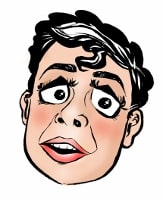
Originally from Seattle Washington, land of mist, coffee and flying salmon, Mrs. Norman Maine sprang to life, full grown like Athena, from Andy’s head during a difficult period of life shortly after his relocation to Alabama.

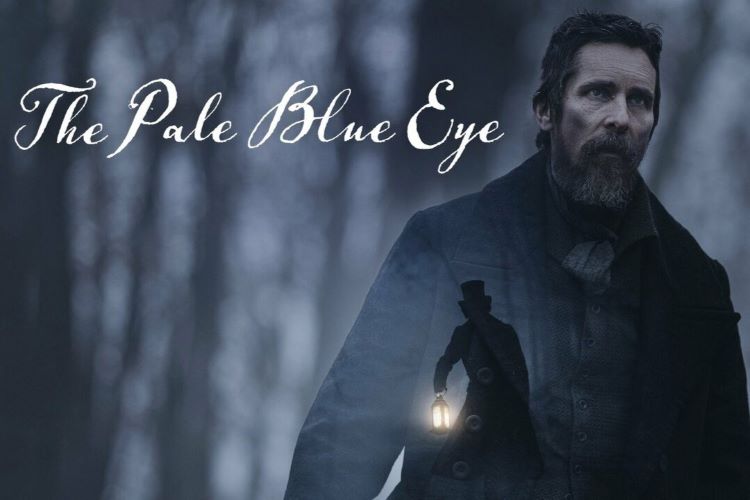


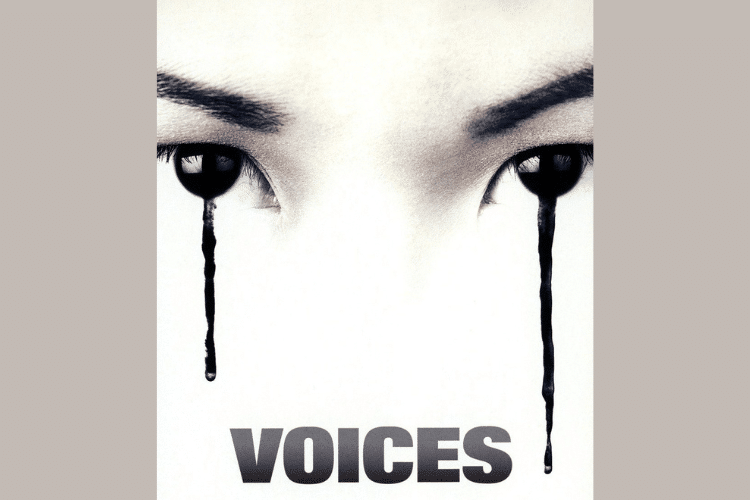
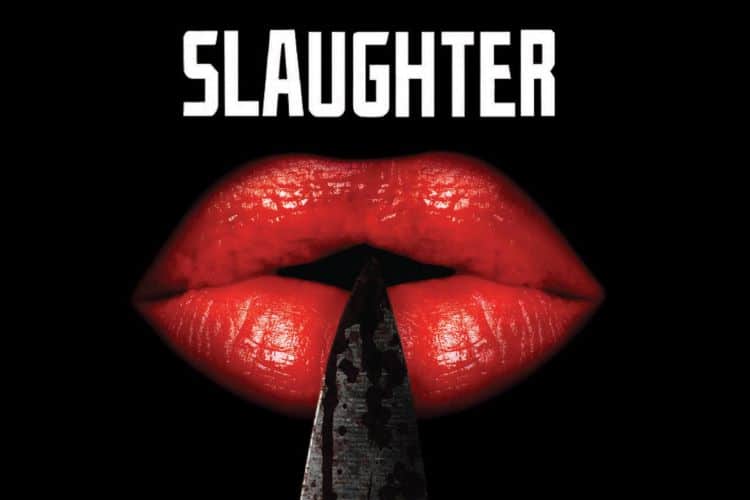
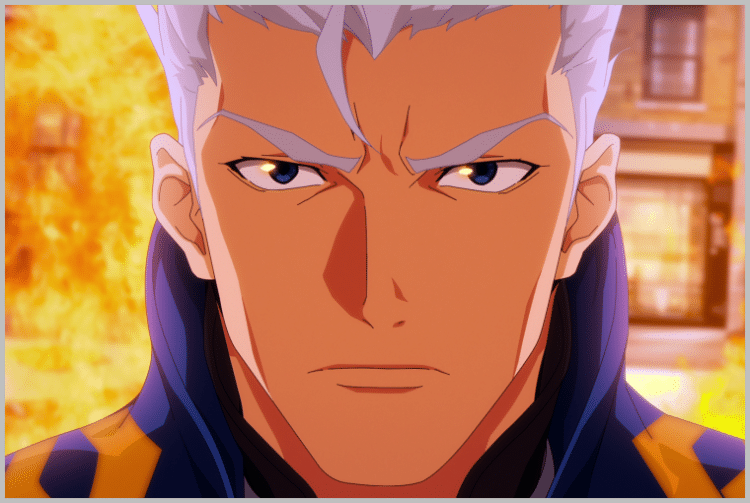
Leave a Reply